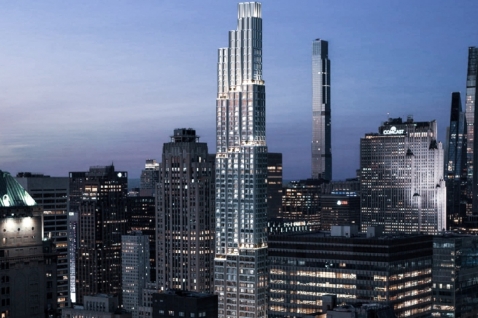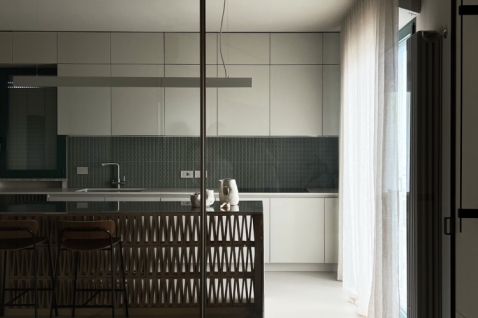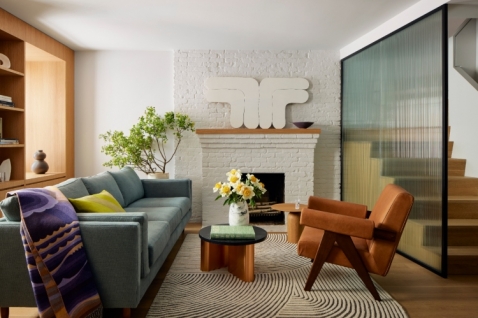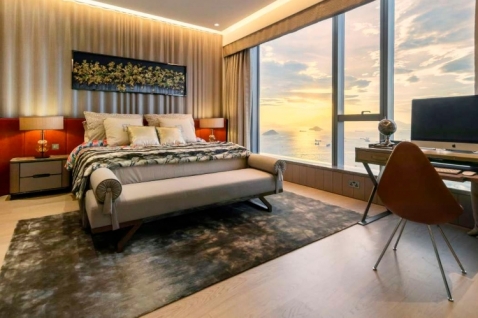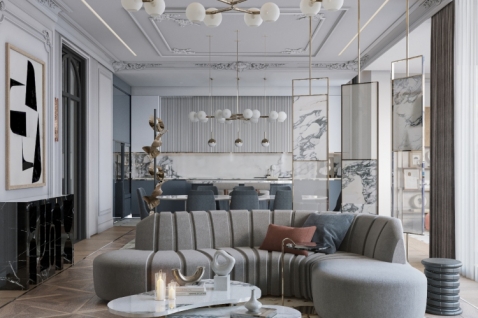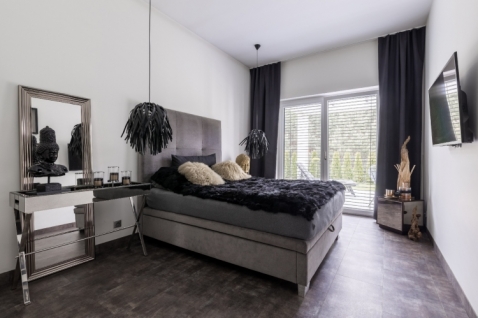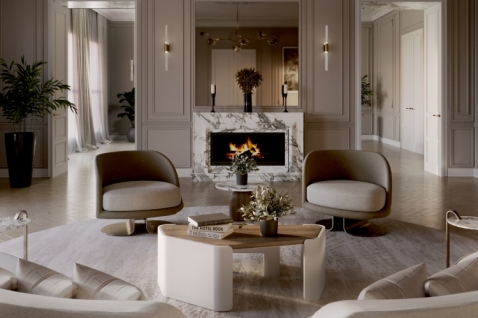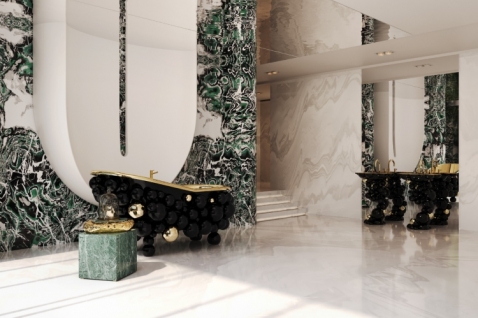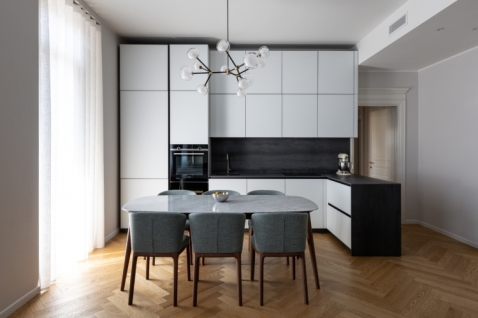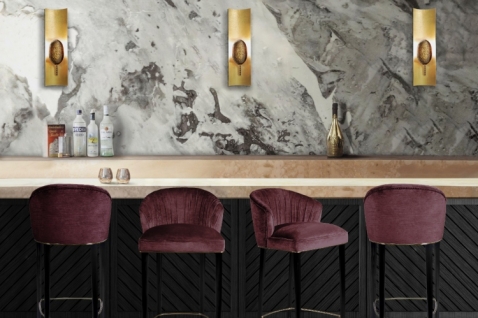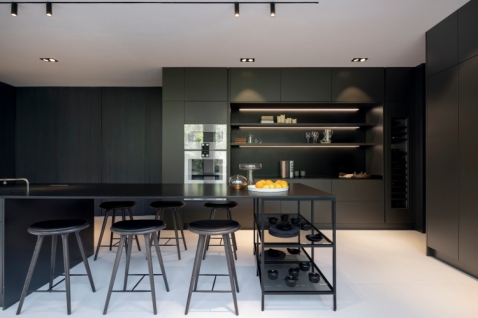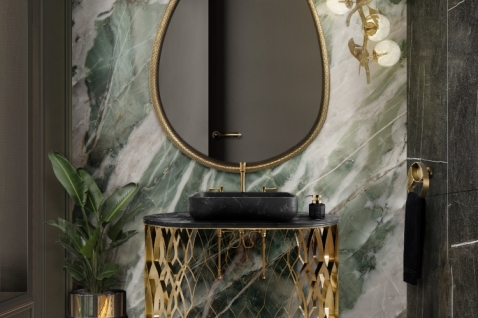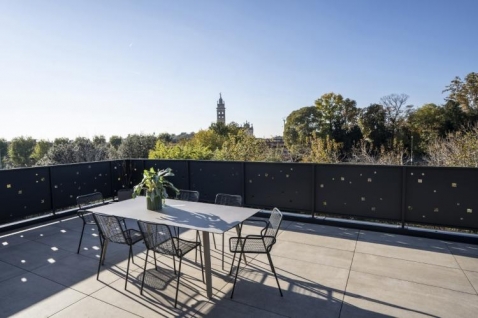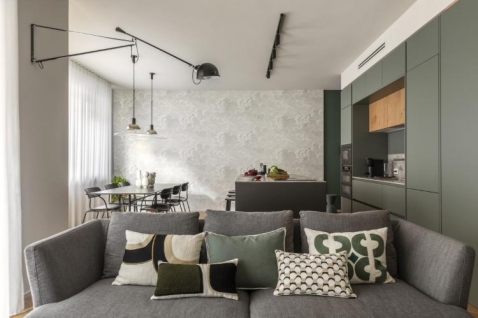„A designer knows he has achieved perfection not when there is nothing left to add, but when there is nothing left to take away. “ - Antoine de Saint Exupéry
Minimal Art emerged as a movement in the 1950s and continued through the Sixties and Seventies. It is an artistic movement that rejects the need for social comment, self-expression, narrative, or any other allusion to history, politics, or religion. It is based on creating objects, paintings, sculptures and music with only the aesthetic value. The term minimalism is used to describe a trend in design and architecture where in the subject is reduced to its necessary elements. Minimalist design has been highly influenced by Japanese traditional design and architecture. In addition, the work of De Stijl artists is a major source of reference for this kind of work. De Stijl expanded the ideas that could be expressed by using basic elements such as lines and planes organized in very particular manners.
Architect Ludwig Mies van der Rohe adopted the motto "Less is more" to describe his aesthetic tactic of arranging the numerous necessary components of a building to create an impression of extreme simplicity, by enlisting every element and detail to serve multiple visual and functional purposes,such as designing a floor to also serve as the radiator, or a massive fireplace to also house the bathroom.
The structure uses relatively simple elegant designs; ornamentations are quality rather than quantity. The structure's beauty is also determined by playing with lighting, using the basic geometric shapes as outlines, using only a single shape or a small number of like shapes for components. May use color brightness balance and contrast between surface colors to improve visual aesthetics. The structure would usually have industrial and space age style utilities (lamps, stoves, stairs, technology, etc.), neat and straight components (like walls or stairs) that appear to be machined with machines, flat or nearly flat roofs, pleasing negative spaces, and large windows to let in lots of sunlight. Modern minimalist home architecture with its unnecessary internal walls removed may have led to the popularity of the open plan kitchen and living room style.
At the end, none of this means we have must want to live in a modern box – for some of us simplicity becomes boring quite quickly – and others strive for minimalist expression. Still, it is worth considering just how complicated such apparently simple creations truly are.

